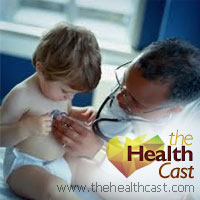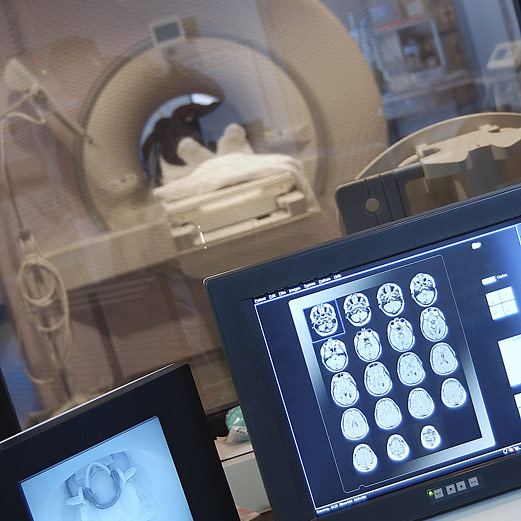
Here are some of the latest health and medical news developments, compiled by the editors of HealthDay:
Blacks Have Most Hospital Admissions for Hypertension: Report
Hospitalization for high blood pressure is five times more common among blacks than whites, according to a U.S. government report.
In 2006, the hospital admission rate for blacks was 161 per 100,000 people, compared with 61 per 100,000 for Hispanics and 33 per 100,000 for whites, says the latest News and Numbers from the Agency for Healthcare Research and Quality.
Among the other findings:
- Asians and Pacific Islanders had the lowest hospital admission rate for hypertension — 26 per 100,000.
- Men were less likely than women to be admitted for high blood pressure — 40 vs. 56 admissions per 100,000.
- The poorest people were 2.5 times more likely to be admitted for hypertension than the wealthiest Americans — 83 vs. 32 admissions per 100,000.
Hypertension significantly increases the risk of heart attack, stroke and kidney failure.
—–
Scientists Developing Blood Test for Down Syndrome
Dutch researchers say they’re close to developing a blood test to determine if a pregnant woman’s unborn child has Down syndrome.
They say their test, which would reveal problems in fetal DNA and could be used as early as six to eight weeks of pregnancy, could be offered to high-risk women instead of an amniocentesis test, which carries a risk of miscarriage, BBC News reported.
If further study proves it’s accurate, the test could be available within a few years, the researchers told delegates at the annual meeting of the European Society of Human Reproduction and Embryology.
A number of labs worldwide are working on different types of prenatal diagnostic tests for Down syndrome, said Professor Stephen Robson, spokesman for the Royal College of Obstetricians and Gynecologists in England.
“It is the holy grail of prenatal diagnosis to try and find a reliable method of diagnosing Down syndrome and other chromosome abnormalities without doing invasive testing,” he told BBC News. “This is another technique that could offer the potential to diagnose Down syndrome non-invasively but it’s important to emphasize that it is some years away.”
—–
Gays, Lesbians More Likely to Smoke: Report
Gay, bisexual and transgender men are 2 to 2.5 times more likely to smoke than heterosexual men, according to a new American Lung Association report that examines tobacco use in the lesbian, gay, bisexual and transgender (LGBT) community.
The document also says that lesbian, bisexual and transgender women are 1.5 to 2 times more likely to smoke than heterosexual women, and that bisexual boys and girls have higher smoking rates than their heterosexual and homosexual peers.
The report was released “to raise awareness of this health disparity and address the need for additional research specific to the LGBT community and tobacco use,” Charles D. Connor, president and CEO of the American Lung Association, said in news release.
“Like other groups disproportionately affected by tobacco use, including African Americans and Native Americans, the LGBT population needs targeted efforts to reduce smoking rates, which ultimately save lives,” he added.
—–
VA Hospital Warns of Patients’ Possible Exposure To Infectious Diseases
More than 1,800 veterans may have been exposed to life-threatening diseases after receiving dental treatment at the John Cochran VA Medical Center in St. Louis.
The hospital recently mailed letters to 1,812 veterans telling they may have been exposed to hepatitis B, hepatitis C, and HIV (the virus that causes AIDS), CNN reported.
The threat to the patients was caused by improper cleaning of dental instruments, the hospital said.
Rep. Russ Carnahan, a Democrat from Missouri, is calling for an investigation into the matter.
“This is absolutely unacceptable,” said Carnahan, CNN reported. “No veteran who has served and risked their life for this great nation should have to worry about their personal safety when receiving much needed healthcare services from a Veterans Administration hospital.”
—–
Cancer Survivors Should Exercise: Guidelines
Cancer survivors should exercise as much as an average person (about 2.5 hours per week), according to new guidelines issued by the American College of Sports Medicine.
Even patients who are still receiving treatment should exercise. While these patients may not be able to do the recommended amount of exercise, they should avoid inactivity on their good days, the Associated Press reported.
The guidelines were written by a panel of cancer and exercise specialists who evaluated available evidence.
Research suggests that physical activity helps ease some cancer-related fatigue, improves quality of life, and may help prevent a decline in physical function that can last long after a cancer survivor has completed treatment, the AP reported.

